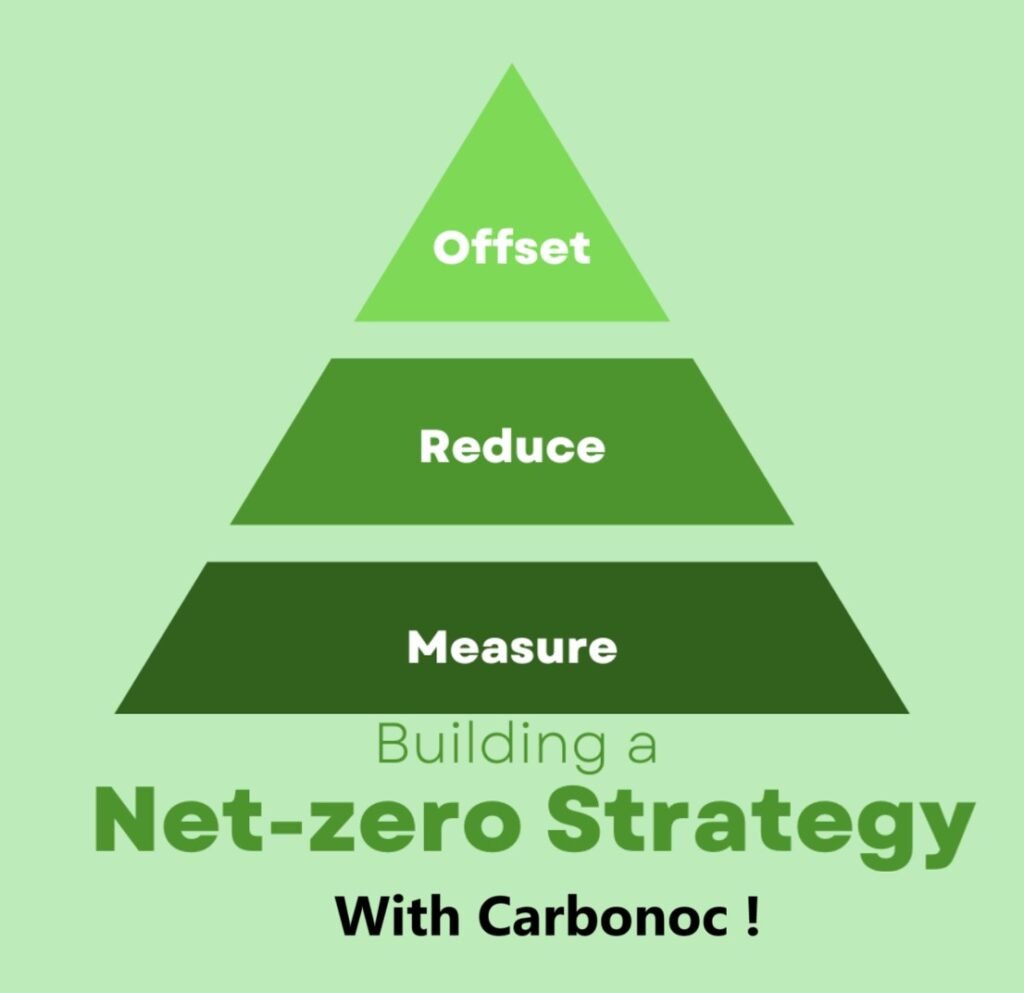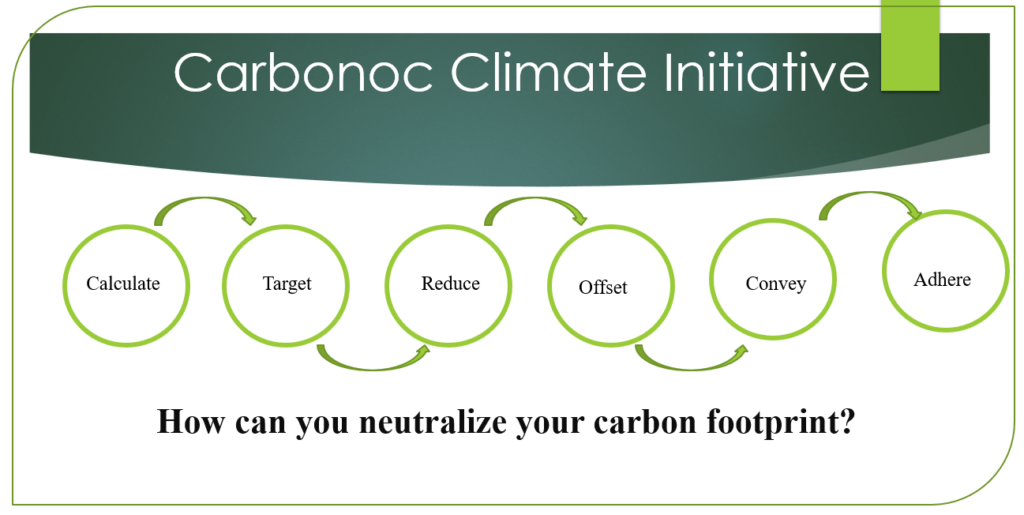Carbon Markets & Trade
- Home
- Carbon Markets & Trade
Carbon Markets & Trade
Carbon markets are systems designed to reduce greenhouse gas (GHG) emissions by creating financial incentives for businesses and other entities to limit their carbon footprint. These markets operate by putting a price on carbon emissions, effectively turning carbon dioxide (CO₂) and other GHGs into tradable commodities. There are two main types of carbon markets:
Compliance Markets: These are regulated by national, regional, or international laws. Entities are required to hold allowances, or permits, equivalent to their emissions. If they emit more than their allowances, they must purchase additional permits from others who have emitted less. Examples include the European Union Emissions Trading System (EU ETS) and California Cap-and-Trade Program.

Voluntary Markets: These markets operate outside of regulatory frameworks and are driven by organizations and individuals seeking to offset their emissions voluntarily. Companies or individuals can purchase carbon offsets, which represent a reduction in emissions elsewhere, to compensate for their own carbon footprint.
What Carbonoc Climate Initiative do?
“We’re here to assist you in fast-tracking your sustainability journey towards achieving complete carbon neutrality.”
Carbon Credits investing.
Carbon credits investing involves purchasing carbon credits with the intention of either using them to offset emissions or selling them for a profit. Carbon credits represent a unit of measurement for greenhouse gas emissions, typically one metric ton of carbon dioxide equivalent (CO2e). These credits are created through various environmental projects that aim to reduce greenhouse gas emissions or remove carbon dioxide from the atmosphere.
Here’s how investing in carbon credits generally works:
Understanding Carbon Markets: Carbon markets operate under either cap-and-trade systems or carbon tax regimes. In a cap-and-trade system, a cap is set on the total amount of emissions allowed, and companies must hold enough carbon credits to cover their emissions. In a carbon tax system, companies pay a tax based on their emissions, and carbon credits can be used to offset these taxes.

Purchasing Carbon Credits: Investors can buy carbon credits directly from carbon exchanges, brokers, or through specialized investment funds. The price of carbon credits can fluctuate based on supply and demand dynamics, regulatory changes, and market sentiment.
Potential Returns: The potential returns from investing in carbon credits can vary. If the price of carbon credits increases due to stricter emissions regulations or increased demand for renewable energy projects, investors may profit from selling their credits at a higher price. However, there are also risks involved, such as regulatory changes, market volatility, and the potential for fraudulent carbon offset projects.
Types of Carbon Credits: There are different types of carbon credits, including Certified Emission Reductions (CERs) generated under the Clean Development Mechanism (CDM), Verified Emission Reductions (VERs) from voluntary projects, and compliance credits issued under regional cap-and-trade programs like the European Union Emissions Trading System (EU ETS).
Environmental Impact: Investing in carbon credits can contribute to reducing greenhouse gas emissions by providing financial incentives for emission reduction projects. These projects may include renewable energy installations, energy efficiency improvements, reforestation efforts, and methane capture initiatives.
Due Diligence: Before investing in carbon credits, it’s important to conduct thorough due diligence to understand the credibility and legitimacy of the projects generating the credits. This includes assessing the project’s additionality (whether emissions reductions would have occurred anyway), verification processes, and the integrity of the carbon credits.
How can you neutralize your carbon footprint?

Lower your energy consumption by using energy-efficient appliances, LED lighting, and smart thermostats. Additionally, conserve energy by turning off lights, electronics, and appliances when they’re not in use.
Switch to renewable energy sources such as solar, wind, or hydroelectric power for your electricity needs. Consider installing solar panels on your home or purchasing renewable energy certificates (RECs) to support renewable energy projects.
Reduce your carbon footprint from transportation by walking, biking, carpooling, or using public transportation whenever possible. If you own a vehicle, choose fuel-efficient or electric vehicles and maintain them properly to maximize fuel efficiency.
Offset the emissions you can’t avoid by investing in carbon offset projects. These projects can include renewable energy installations, reforestation efforts, methane capture initiatives, and energy efficiency projects. Purchase verified carbon offsets from reputable organizations or projects that meet established standards like the Gold Standard or Verified Carbon Standard (VCS).
Plant trees or support reforestation projects to capture carbon dioxide from the atmosphere. You can participate in tree-planting events, donate to organizations that engage in reforestation efforts, or volunteer with conservation groups.
Minimize waste generation and properly recycle or compost materials to reduce methane emissions from landfills. Choose reusable products over single-use items, and opt for products with minimal packaging.
Adopt a plant-based diet or reduce your consumption of meat and dairy products, which have a higher carbon footprint compared to plant-based foods. Eating locally sourced and seasonal foods can also help reduce emissions associated with food transportation.
Make energy-efficient upgrades to your home, such as improving insulation, sealing drafts, and upgrading windows and doors. These improvements can reduce energy consumption for heating and cooling.
Raise awareness about climate change and advocate for policies and initiatives that support carbon neutrality and sustainability at the local, national, and global levels.
Discover how you can balance your environmental footprint using carbon credits
How Do Carbon Credits Work?
Carbon credits work on the principle of carbon offsetting. When a project reduces emissions, it earns carbon credits, which can then be bought and sold in carbon markets. Organizations can purchase these credits to compensate for their own emissions, effectively balancing out their carbon footprint. This process incentivizes emission reduction projects and encourages sustainable practices.
Get Involved
Interested in learning more about carbon credits and how you can make a difference? Explore our resources on carbon offsetting, sustainable practices, and environmental conservation. Discover how you can take meaningful action to reduce your carbon footprint and contribute to a more sustainable future for all.
A Roadmap to Achieving Carbon Neutrality in Three Simple Steps
At Carbonoc Climate Initiative, we believe in taking proactive steps towards carbon neutrality. Follow our simple three-step roadmap to reduce your carbon footprint and contribute to a more sustainable future.

- Step 1: Quantify Your Carbon Footprint
The first step towards carbon neutrality is to quantify your carbon footprint. Our carbon footprint calculator helps you assess the amount of greenhouse gas emissions generated by your activities, whether it’s from transportation, energy consumption, or waste production. Understanding your carbon footprint is the essential first step in identifying areas where emissions can be reduced.
- Step 2: Compensate for Your Carbon Footprint
Once you’ve quantified your carbon footprint, take action to compensate for it through carbon offsetting. Offset your emissions by supporting verified carbon offset projects that reduce or capture an equivalent amount of greenhouse gases elsewhere. By investing in carbon credits, you can mitigate the environmental impact of your activities and contribute to global emission reductions.
- Step 3: Highlight and Document Beneficial Outcomes
After offsetting your carbon footprint, highlight and document the positive outcomes of your carbon neutrality efforts. Showcase your commitment to sustainability by sharing the environmental benefits achieved through carbon offsetting, such as reforestation projects, renewable energy installations, or community-based initiatives. Inspire others to follow your lead in adopting climate-friendly practices.
By following these three simple steps, you can embark on a journey towards carbon neutrality and make a meaningful impact on combating climate change. Join us in our mission to create a greener and healthier planet for current and future generations.

